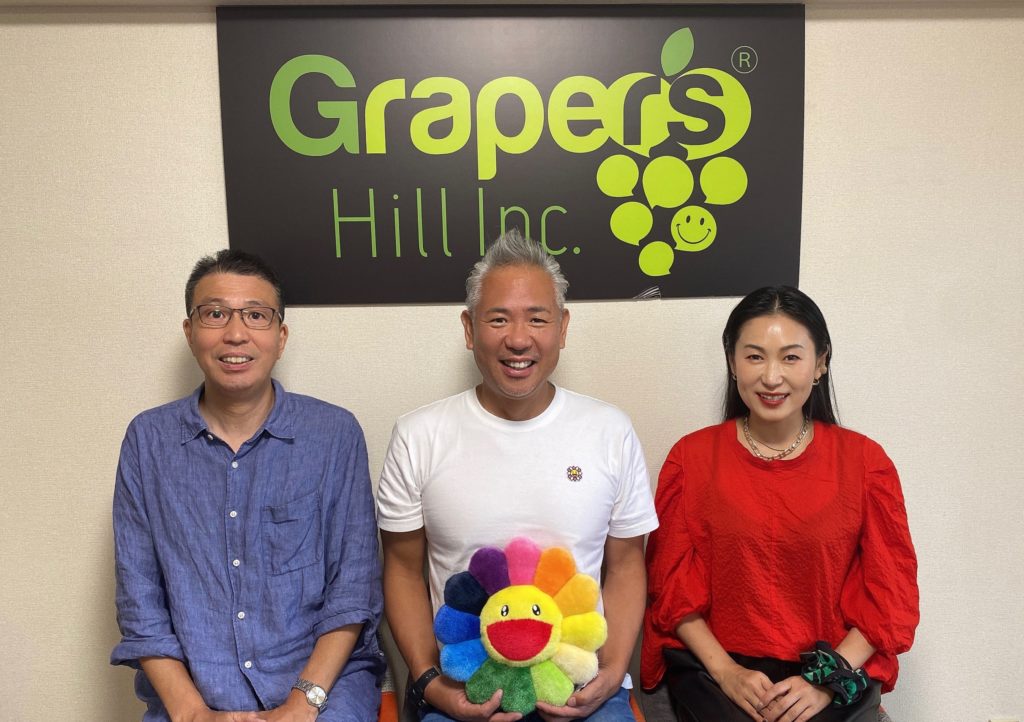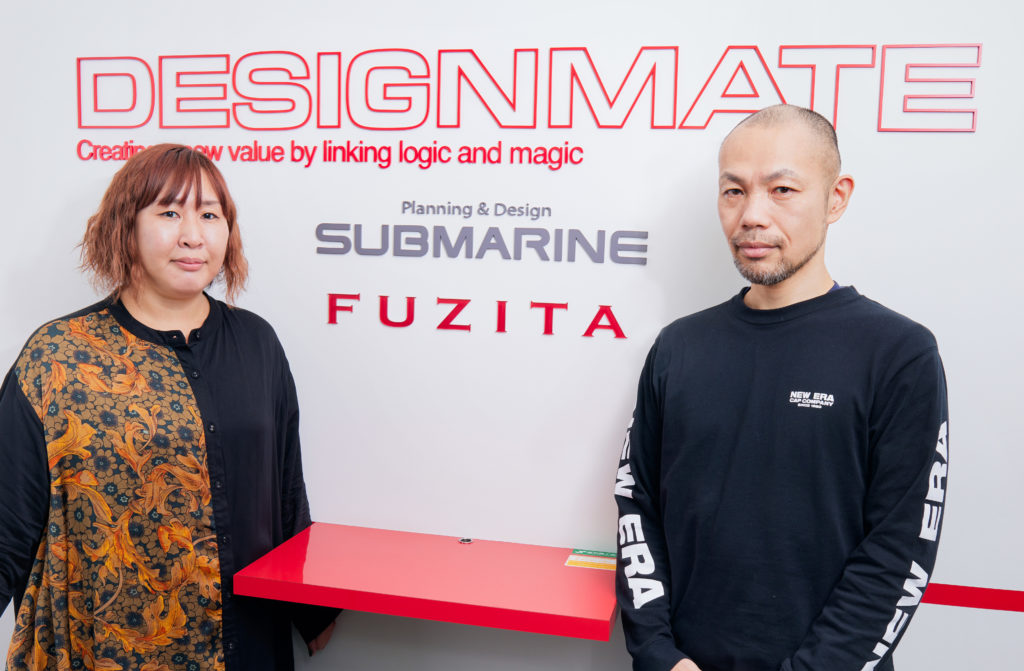Production Produce
Mr. Yoshihisa Hashimoto
Representative of ZIKU Technologies, Inc. Graduate of The University of Tokyo, Faculty of Engineering. Former programmer and game director at SEGA Corporation and CTO at Square Enix Co., he has produced family games and game engines. Having become independent in 2014, he has been developing contents and services in the field of business tools, IT education, and live entertainment. His work as a director and technical director includes “Sonic Unleashed,” “Final Fantasy XIV,” “Disney Technologia School of Magic,” among others.

Mr. Yoshihisa Hashimoto
Game Concept
In most cases, LCD games are rather simple and straightforward, but we wanted to make a game that had high playability while allowing players to grow attached to their Flowers. With a post Covid-19 world where we can travel freely in mind, we wanted to incorporate a pedometer function into the game that would let you travel to 100 different locations. It would be a journey in which you create memorable moments by making Flowers bloom throughout the map. Flower will start as a seed, which you water, and once they bloom, you are able to begin your journey. You will head to new destinations while you take care of them by feeding them food and water, interacting with them, and playing mini-games. At each destination, you will take a commemorative picture, which will be saved in your photo album. Depending on the destination, you may receive souvenirs or meet and pollinate with special-looking Flower. Through pollination, you can customize your Flower into a desired look.
The thinking process for Flower Go Walk is the same as developing a gaming console.
I have always been developing games; from programming to game design, world building, and concept making, I have been involved in all aspects of game production as a whole, with the exception of drawing and composing music. Though this one is an LCD game, the process of thinking was the same as developing a game for PlayStation or a Nintendo Switch. In recent years, I have been developing educational services for training programmers, so considering the process of learning through experience and creating something unique yet seemingly unforced from scratch are my forte. By respecting Murakami’s style and Flower’s characteristics, I wanted to make this game enjoyable for everyone, both game enthusiasts and those who don’t usually play games.
Expressing pixel flowers
I myself input each pixel for the base design of the Flower. I tried to create a cozy, familiar aesthetic, similar to that of NES (Nintendo Entertainment System) and Super NES era pixel graphic, with the Flower. Though the expressive capacity was limited because we purposefully chose to use a monochrome screen, the difference in color, facial expression, and attire are all made distinguishable thanks to Submarine. The most challenging part of all was differentiating colors on the petals. Depending on how the pixels were input, the face would shrink or expand, so we needed to make minute adjustments. In most cases, the dimensions for mobile LCD game screens are 24×24 pixels, but we implemented a 48×48 pixel screen, allowing us to achieve the perfect size balance for both the head and body. To make the face in closeup mode fit well on the screen, we made the casing in the shape of a flower as well, and Graper’s Hill meticulously designed the interior base and the casing. The background for each destination within the game was designed beautifully by Submarine. Within the bounds of a 48×48 pixel monochrome screen, they were able to depict 100 distinctive and lovely backgrounds. Please have a close look at them while playing the game. Incidentally, the “Murakami.Flowers” NFT works were based on the pixel Flower for this game.
Struggles with storage capacity
An aspect that is a non-issue with games for home consoles and smartphones, storage capacity, became a serious challenge for developing this game. Despite not much being shown within the small screen, the content of the game is rich and quite complicated. Due to its unassuming format, you may not realize it while playing the game, but it is far more complicated than your usual portable LCD games. Since memory storage capacity is very limited, deciding what to save was an important factor in designing the game: How shall we pack the playing records in the limited storage? We had to make difficult choices but we protected the album feature at all cost. We wanted to maintain the concept of keeping a record of how the Flowers looked and dressed in each destination. We believe the most important aspect of this game is to be able to look back through the album and relive the sense of joy and longing after each adventure.
Design for accessibility and experience
One of the key goals of this project was to create something both adults and children would find interesting—a game that can be played intuitively while also having some depth to the gameplay. We didn’t want to go along with a notion that “Digital LCD Games = Simple” and make something easy. So we challenged ourselves to make something that will change such a presumption and, while we were at it, make the best LCD game there was. We took care so that game creators and producers would understand how complicated and packed with elements the backend is, while from the player’s perspective it would seem simple and intuitive. You will be able to play through without confusion while feeling its richness and depth; as you play the game, you will feel more attached to your Flower. Though Flower Go Walk is rich in components of gameplay, the amount of information that can be displayed is extremely limited within its 48×48 pixel screen. We therefore put extra thoughts and effort into making the tutorial (how to operate and navigate the game) and interface easy to digest. We also took care to adjust the balance between the number of destinations and the total play time, the number of steps to reach each destination, the order and timing in which new events and features are introduced, and the balance between satisfaction and challenge.
There are places where we purposefully make it challenging for the players. At first, you have to consistently water the seed for it to sprout and bloom as Flower. We wanted these initial steps before you can start the adventure to require some effort from the player. To get to the hospital when your Flower falls ill, you have to walk just the way you would take them to other destinations. We chuckled picturing the players complaining: “What, you’re going to make the sick walk to the hospital?” We have implemented elements of fun throughout the game. We have also taken caution to not make the nurturing process too big of a burden. After being left unattended for a time, the flower may start to look weak or wilted, but they will never wither completely or disappear from the game. Having to start over from scratch would make players lose the will to play the game again, so we have made it rather forgiving. You can complete the journey in a month, or take your time over the course of a year. We want you to make fond memories with Flower at your own pace.
Hardware Production
Graper’s Hill Inc.
Applied electronics manufacturer that conceptualizes “new crafting,” they started out by developing 4-bit microcomputers in 1981 while designing and selling electronic circuits. They were involved in creating and manufacturing the first Tamagotchi back in 1996. From toys and general merchandise to school textbooks and home interior products, they have been involved in a wide range of development and production projects centered on OEM.

From the left, Mr. Koji Okamoto(Technical Producer), Mr. Takehiro Urano(President & CEO), Ms. Junko Hanamura(Producer)
Layout with emphasis on design
We believe our biggest mission for this project for us was to get the design balance between the face and the petals right within the small scale of the hardware. After repeatedly adjusting the shape according to requests for modifications, we were happy when we finally achieved the final form. After that was accomplished, it was important to carefully craft the game as an object from the perspective of the user. We strove to improve the quality of everything from the body of the game to the packaging, making sure through trial and error the game felt comfortable in your hands, the buttons felt right, and the user could play the game safely.
Crafting with users from all around the world in mind
This is a product by the global artist Takashi Murakami, however, with fans from all over the world. Imagining the various ways in which the users from across the world would play the game, under different types of environment, we aimed to make each and every console beautifully and safely with care and love. The first-generation Tamagochi had caused a global boom, and we can’t wait for people from all over the world to enjoy FLOWER GO WALK as well.
Software Production / Produciton Package Design
Submarine Co. LTD.
A planning and consulting firm founded in 1972. Having started as a company that designs packaging for toys and food-related products, in the ’80s they worked on a robot series project with Nihon Sunrise Inc. (now SUNRISE studio). In recent years, the company has been taking on a number of digital and board games among the roster of toys they plan and develop.

From the Left, Ms. Mina Horiike(Director)、Mr. Shunichi Suzuki(Creative Director)
User-first interface
In a way, this product challenges the limits of toys. Despite its low resolution, we made no compromises in all aspects of the game including storage capacity, expressiveness, and pixel numbers. With user experience as the priority, we aimed to make a game that anyone can smoothly play without looking at the user’s manual. The more you play, the more paths are revealed within the game; this was the feature the producer, Yoshihisa Hashimoto, really cared about, making the game fresh as an LCD game.
Artwork expressed through pixel drawings
From the concept of the game and coordinating program implementation to the design and packaging, we were involved in the project as a whole. Incorporating Takashi Murakami’s Flower character into the game world using the limited number of pixels required the most care, but in the end, we believe we were able to achieve a toy-like, nostalgic feel with the character. We also considered how realistically we wanted to depict the 100 destinations. For instance, we used Takashi Murakami’s own pixel drawing as is for the painting inside the movie theater. Please check it out! Thanks to the LCD toy format, users are able to enjoy an interactive experience with Flower. We believe that art still has the potential to expand further by incorporating gaming elements.

